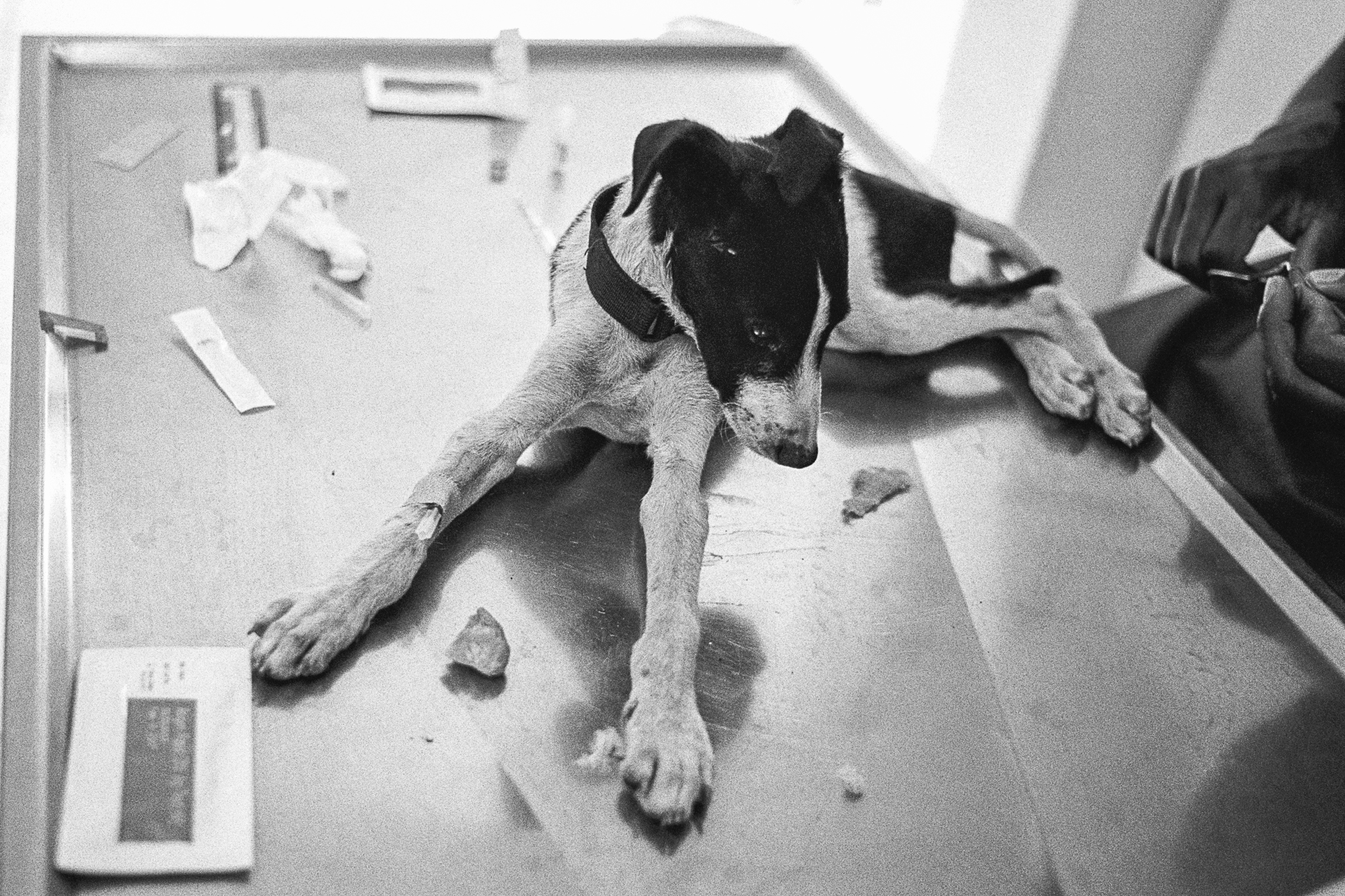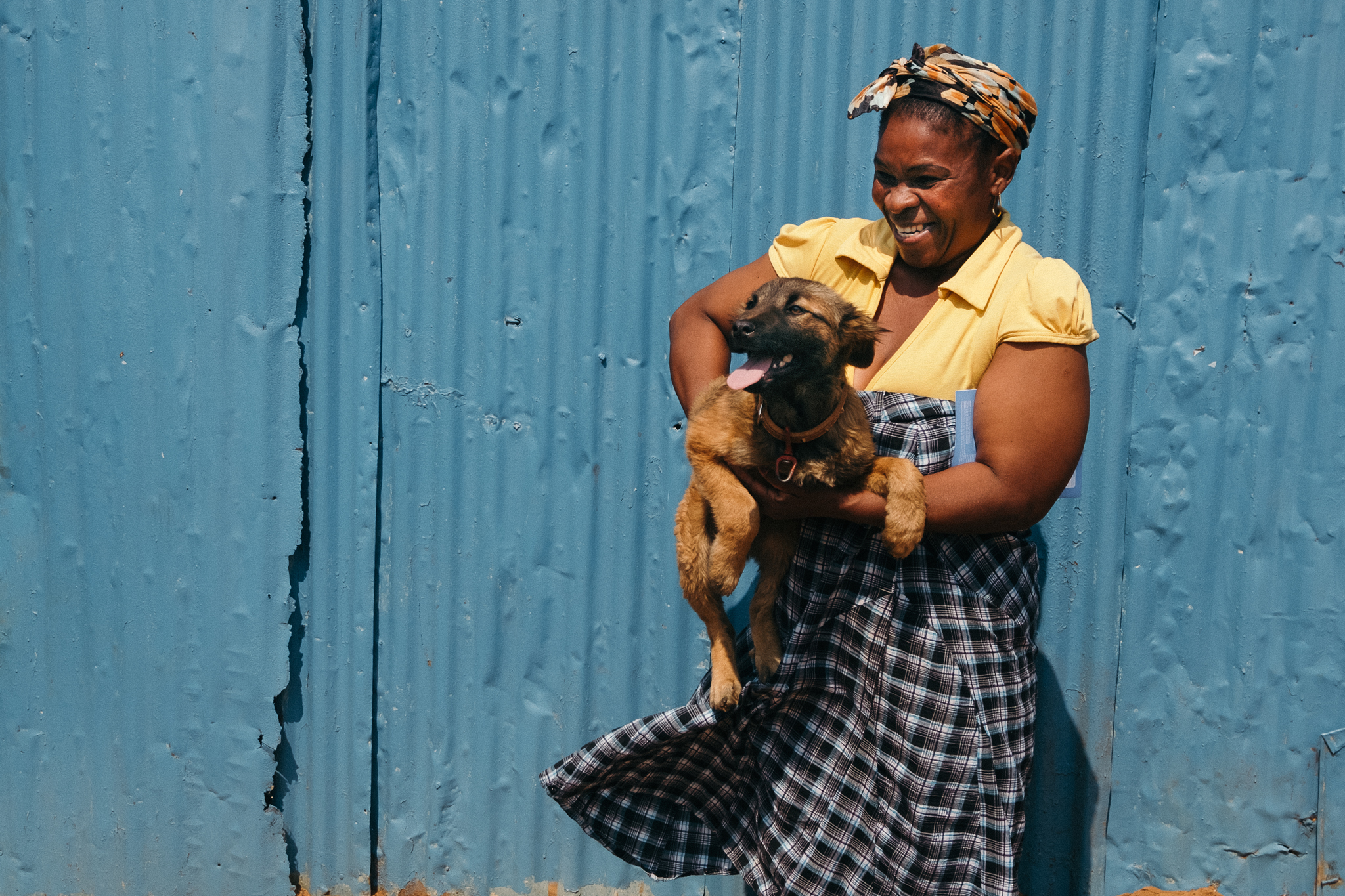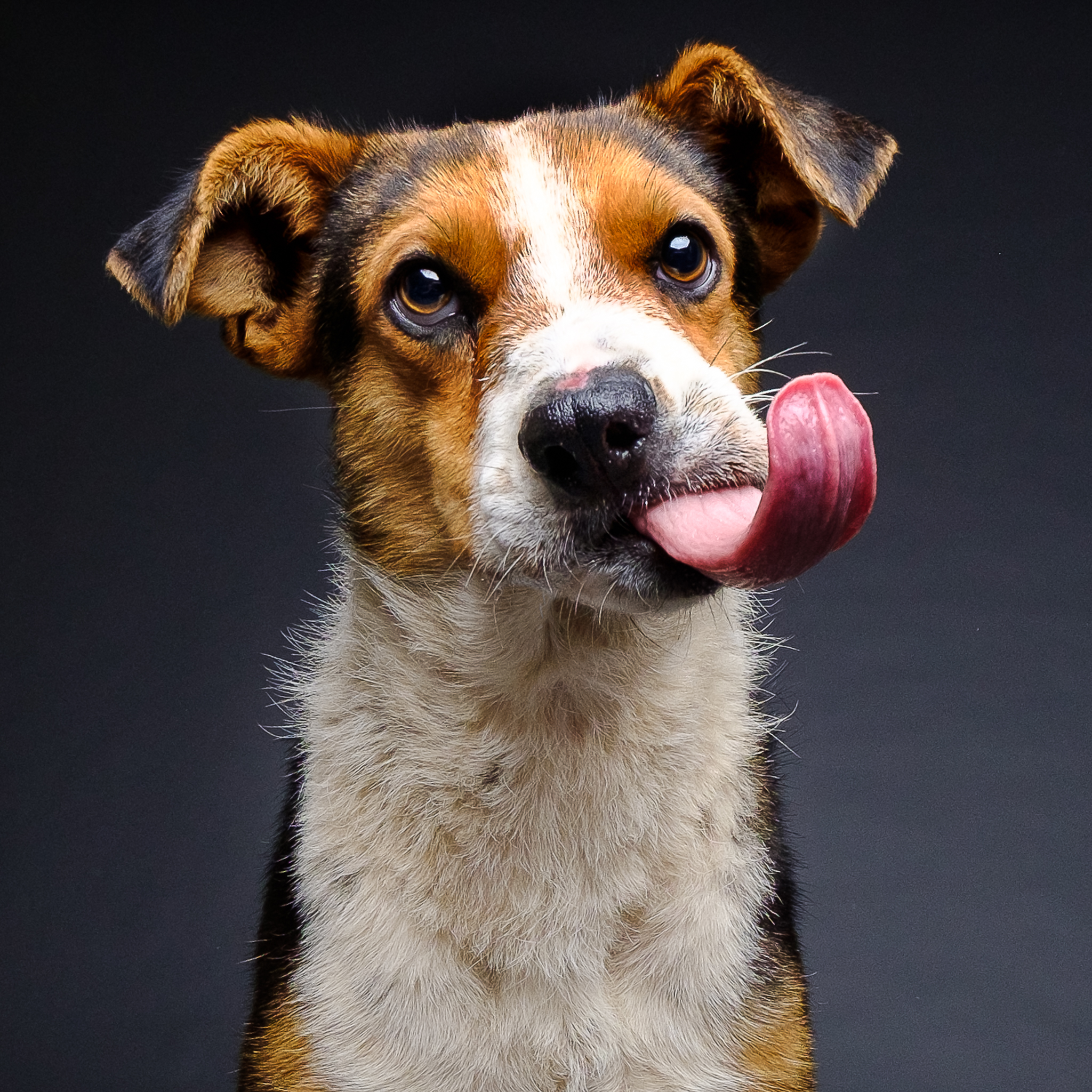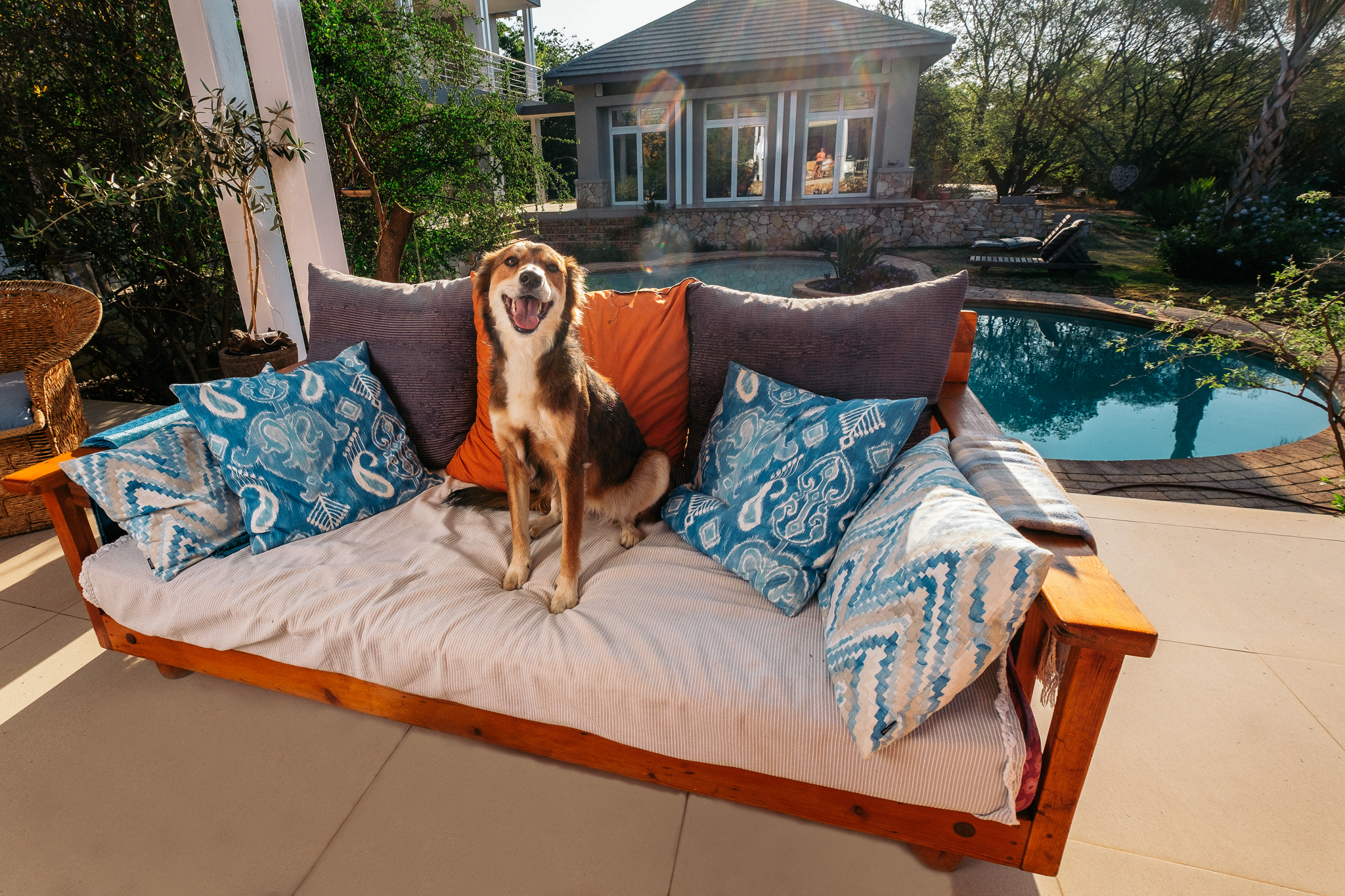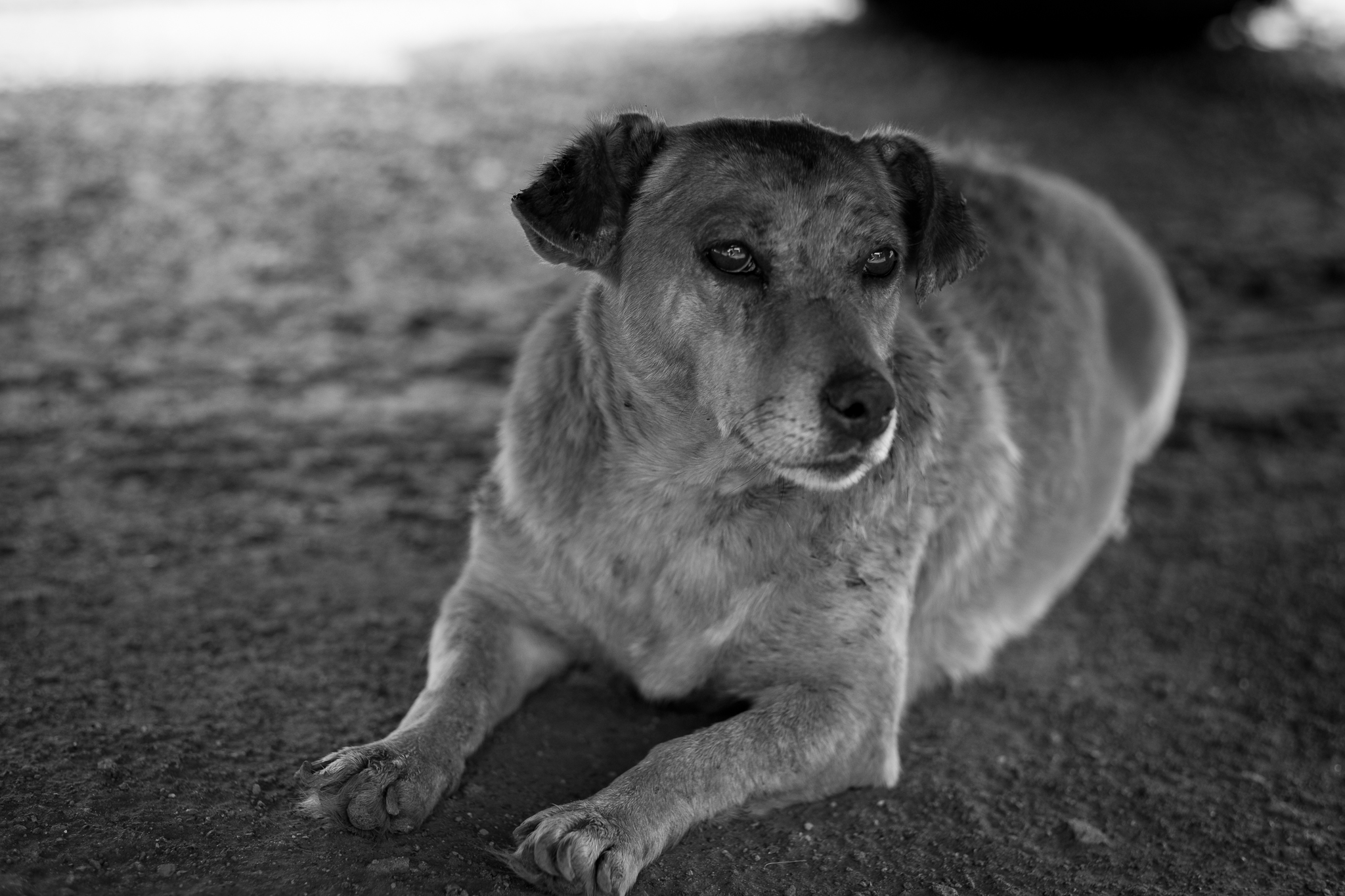About 18 months ago now I was thinking about how to develop my photography further, and what I really wanted to do was kick off a long term project. But I didn’t know what I wanted it to be… I think this is a problem a lot of us have. I did some reading and the general theme was pick an issue thats closest to your heart… so I looked down at my feet and there they were. My two rescue pups.
So just a project on them was very narrow, but how about really getting involved in rescue and trying to document the process, the ups and downs and the story behind this charitable pursuit. I was in the process of a move to South Africa from Dubai, and once that move was done I started to seek out rescue organizations to work with. In life sometimes it’s better to be lucky than good, and once I was settled I became friends with the people who ran the local doggy daycare… who just happened to run a very active rescue organisation.
I first went into the South African townships with them in early December 2015, to give out christmas gifts for dogs collected by an organization called Santa Cause for Paws. It knocked me sideways. This was not the South Africa I had been introduced to for the last four months, and I suddenly realised I had been living in what I now call “the Sandton bubble”. Sandton is the richest square mile in Africa and it dawned on me that I didn’t really understand the country I had moved to, how the majority of people lived in reality, and in particular the challenges of animal welfare in this environment. I realized at this point it was going to be a long project and one that I had to invest serious time in to do it justice.
Since then I have travelled to the townships on a regular basis with PETS Johannesburg, as well as used my little garage studio to take pictures of rescue dogs in the hopes of getting adopted. I have done fund raising shoots, shot valentines day events, set up studio’s at shelters to do 40 dogs in a day, and basically immersed myself in the issues, challenges, highlights and heartbreaking moments. I have made some amazing friends on the way, both furry and non-furry, and it quickly became less of a project and more of a lifestyle.
For those not in the know a “CDL” is a Crazy Dog Lady, as I have come to affectionately refer to them. The courage, commitment and heart shown by the people at the centre of animal rescue astounds me. It is never ending. They truly put the animals before themselves. A rescuer never drives past an animal in distress, and have no hesitation in putting themselves in difficult, challenging and sometimes dangerous situations in order to make sure animals are saved. Until you witness it first hand it sounds unrealistic I know… but I have seen so much in this past 14 months I can say it with conviction. What I can also say is that no dogs future is certain. I have seen transformations in animals that I could not have believed if i had not seen it first hand. From scared, terrified, and trying to bite the rescuers to loyal loving pets that stick to their owners like glue. It is amazing what love and care can achieve.
All of the stories are not happy endings. Some of the dogs rescued are just too far gone, too much pain and suffering that has to be ended. This has been the hardest part of the project. The first time I witnessed a PTS (put to sleep) my camera just stayed by my side and I missed the decisive moment. Everything about it felt wrong, but I knew it was an important part of the story, and the right thing to do for the animal. If we make out life to be only happy endings, then ultimately we learn nothing, about ourselves or about the cause.
The final output of the project is a book is called “the Business of Rescue”, which is due out in quarter one this year. Every cent raised will go directly to PETS-JHB, and everyone involved has given their time for free. I myself have a corporate job where I make a lot of decisions, and what I found was that these rescuers make even more than me, and their decisions are life and death. They work on a shoe string budget, which they have to manage extremely effectively. The process of rescue and rehoming is complex, with so many factors and nuances, and still in the end they are dealing with both the general public and hundreds of unique doggie personalities. The importance of marketing is HUGE and the core platform is Facebook. Getting the balance right between funding appeals, advertising dogs for rehoming, and giving people insight into what is being done is critical. Too many sad stories or asks for money and people unfollow, too much happy stuff and people don’t understand the challenges and don’t donate. I cannot underplay the importance of “shares” to rescue. It is the No 1. source of adoptions for all of these organisations. So if you read this article and do one thing – please let it be share some posts from your local rescue organization. It’s simple and it saves lives.
So finally to wrap up. I would encourage everyone out there to think about what they are trying to do with their work. Picking up a camera and taking photos can of course be a selfish act, as is all art to an extent. I can tell you that picking up your camera for a cause you believe in is a life changing experience. The sense of purpose it gives your photography, and how it brings you new drive, is a thing to behold. My progression technically, and emotionally since I started the project has been vast. So I encourage you all to think about what is close to your heart and go and shoot it. Every type of charity needs great images in the social media era, and few can afford to buy the skills from the market. You can bridge the gap.
The book will be out late February, and will be released via my Facebook page at www.facebook.com/philsonphotography. For the project I used a combination of the X100T, X-T1 and X-Pro2. Ultimately I found the lenses on which I relied were the XF10-24mm f/4 when shooting out in the townships, and the XF35m f/1.4 is my goto for studio dog portraits. There is a small amount of film photography in the first chapter of the book, as I found the gritty character of film worked for what I was seeing, and for that I used a Leica M6, and Ilford HP5. I also really believe that the un-intimidating nature of the Fujifilm X system allowed me to really blend into the environment, and not intimidate the animals or humans who I was shooting.


